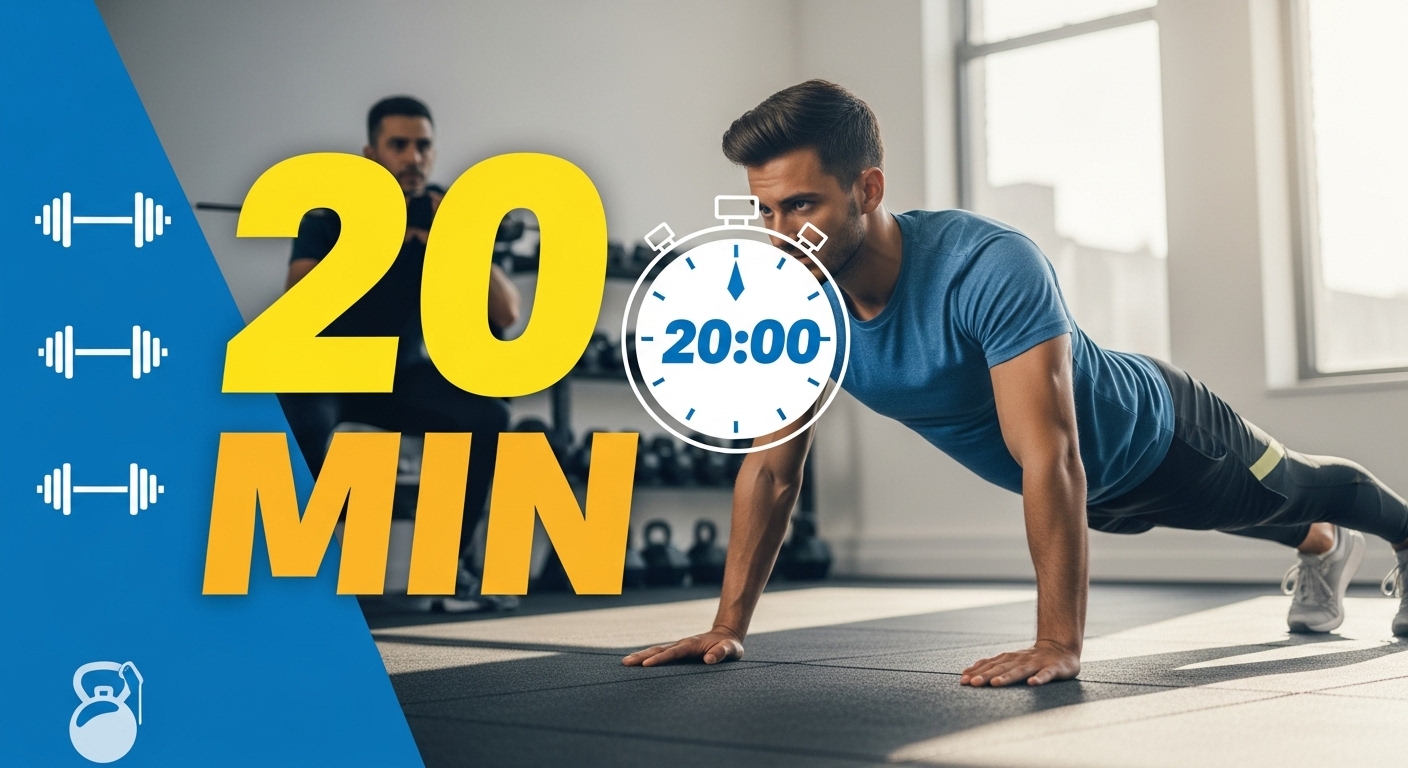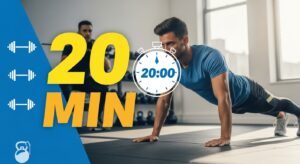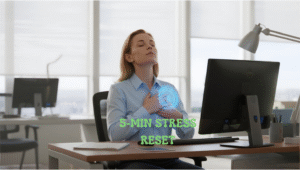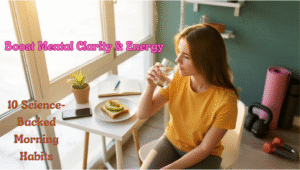7-Minute HIIT: Science-Backed Workout That Actually Works
Need a workout that fits your packed schedule? Research shows you only need 7 minutes.
Let’s be honest – between work, family, and everything else life throws at us, finding time to exercise feels impossible. But what if I told you that scientists have proven you can get real health benefits in just 7 minutes a day?
The American College of Sports Medicine published groundbreaking research showing that high-intensity interval training (HIIT) – short bursts of intense exercise followed by brief recovery periods – can deliver the same cardiovascular benefits as longer, traditional workouts. We’re talking about real, measurable improvements to your heart health, metabolism, and overall fitness in less time than it takes to make your morning coffee.
What Makes This 7-Minute Method So Effective?
The magic happens in your body’s response to intensity. When you push yourself hard for short bursts, your heart rate spikes, forcing your cardiovascular system to work overtime. Dr. Chris Jordan, who developed this specific 7-minute protocol, found that this approach triggers what exercise physiologists call “excess post-exercise oxygen consumption” – basically, your body keeps burning calories at an elevated rate for hours after you’ve finished exercising.
Here’s what the research shows happens in your body:
Immediate cardiovascular boost: Your heart rate jumps to 80-95% of its maximum capacity, strengthening your heart muscle and improving blood flow throughout your body.
Metabolic enhancement: Studies from the Human Performance Institute show that HIIT can increase your metabolic rate by up to 15% for the following 24 hours – meaning you’re burning more calories even while sitting at your desk.
Blood sugar regulation: Research published in Diabetologia found that just 2 weeks of HIIT training improved insulin sensitivity (how well your cells respond to insulin) by 23% in healthy adults.
The Science-Backed 7-Minute Routine
This isn’t just any random collection of exercises. Each movement was specifically chosen based on research about which exercises activate the most muscle groups while providing maximum cardiovascular benefit. Here’s your complete routine:
Round 1: Full-Body Activation (3 minutes)
- Jumping jacks (30 seconds) – Gets your heart pumping and warms up your entire body
- Wall sits (30 seconds) – Builds leg strength and endurance
- Push-ups (30 seconds) – Strengthens chest, shoulders, and core
- Abdominal crunches (30 seconds) – Targets core muscles
- Step-ups (30 seconds) – Use stairs or a sturdy chair; builds leg power
- Squats (30 seconds) – Works your largest muscle groups
Rest for 10 seconds between each exercise
Round 2: High-Intensity Finish (4 minutes)
- Triceps dips (30 seconds) – Use a chair; strengthens arms and shoulders
- Plank (30 seconds) – Full-core activation and stability
- High knees running in place (30 seconds) – Maximum heart rate boost
- Lunges (30 seconds) – Leg strength and balance
- Push-up rotation (30 seconds) – Combines strength with core stability
- Side plank (30 seconds each side) – Targets often-neglected side muscles
Why This Timeline Works for Your Body
The 30-second work intervals aren’t arbitrary. Exercise physiologists have found this is the optimal time to push your anaerobic system (the energy system your body uses for short, intense efforts) without completely exhausting it. The 10-second rest periods give your heart rate just enough time to drop slightly before the next challenge, keeping you in that sweet spot where your body adapts and improves.
Research from McMaster University shows that this work-to-rest ratio maximizes what scientists call “mitochondrial biogenesis” – essentially, your cells create more powerhouses (mitochondria) to produce energy more efficiently. Translation? You’ll feel more energetic throughout your day.
Real Health Benefits You’ll Notice
Week 1-2: Improved energy levels and better sleep quality. Studies show that HIIT helps regulate your circadian rhythm (your body’s natural sleep-wake cycle) more effectively than moderate exercise.
Week 3-4: Noticeable improvements in climbing stairs or carrying groceries. Your VO2 max (the maximum amount of oxygen your body can use during exercise) typically improves by 6-15% after just one month of regular HIIT training.
Month 2-3: Lower resting heart rate and improved blood pressure. Research from the European Journal of Preventive Cardiology shows that HIIT can reduce systolic blood pressure (the top number) by an average of 8 points in people with elevated blood pressure.
Making It Work with Your Real Life
Morning people: Do this right after you wake up. Your body’s cortisol levels are naturally higher in the morning, giving you the energy to push through the intensity.
Evening exercisers: Finish at least 2 hours before bedtime. While HIIT improves sleep quality long-term, the immediate adrenaline boost can interfere with falling asleep.
Traveling: Every exercise can be done in a hotel room with zero equipment. The wall sit uses any wall, step-ups work with hotel room chairs, and everything else just needs floor space.
Bad weather days: This becomes your go-to indoor routine when outdoor activities aren’t possible.
Important Safety Notes
Start with 3 days per week, not daily. Your body needs recovery time to adapt and strengthen. Research shows that muscle protein synthesis (the process your body uses to build and repair muscle) continues for 24-48 hours after HIIT sessions.
If you have any heart conditions, high blood pressure, or haven’t exercised regularly in over 6 months, check with your doctor first. HIIT is intense by design, and while it’s generally safe for healthy adults, it’s always better to be cautious.
Listen to your body. If you feel dizzy, nauseous, or experience chest pain, stop immediately. These could be signs that you’re pushing too hard too fast.
The Bottom Line
Seven minutes might sound too good to be true, but the science is solid. Multiple peer-reviewed studies confirm that this specific combination of exercises, performed at high intensity with minimal rest, provides significant health benefits that rival much longer workout routines.
The key is consistency, not perfection. Three times a week is infinitely better than planning an hour-long gym session that you never actually do. Your heart, your metabolism, and your energy levels will thank you – and you’ll still have time for everything else that matters in your life.
Ready to get started? Set a timer, clear some floor space, and give your body these 7 minutes. The research says it works, and thousands of busy Americans have proven it fits into real life.














Post Comment